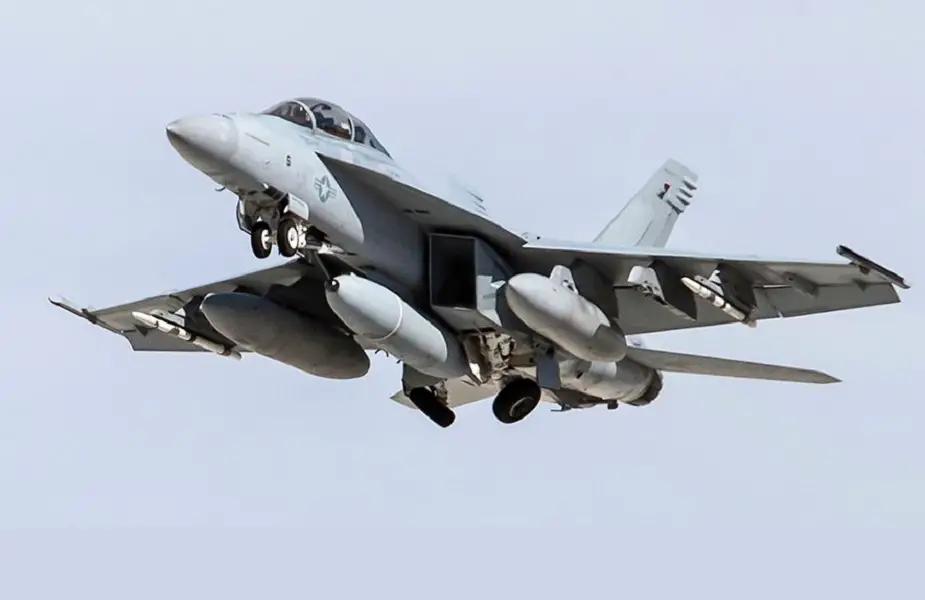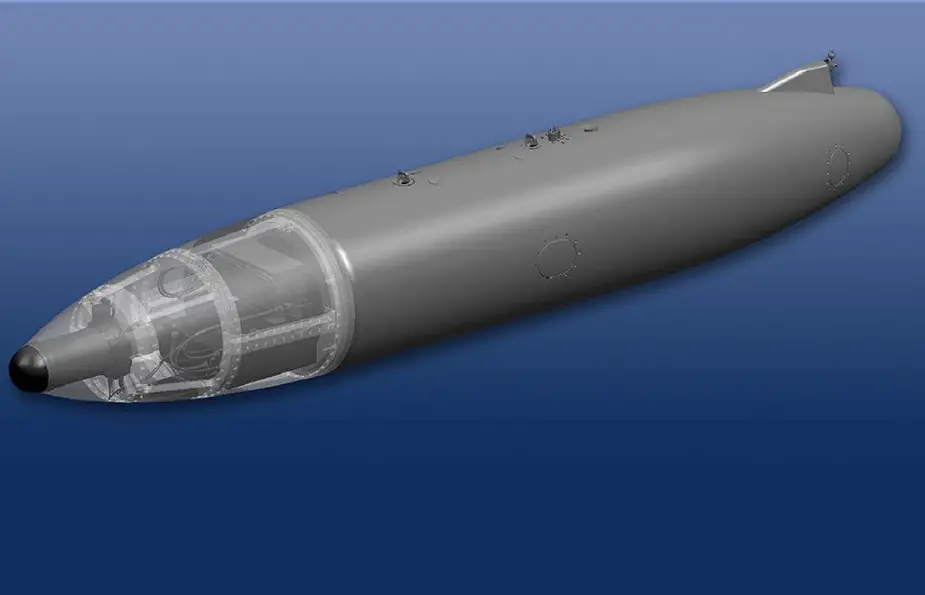Breaking news
Lockheed Martin unveils upgraded sensor suite for new production F-16.
Building on decades of proven performance, Lockheed Martin has updated the sensor suite of the F-16 to even further increase its capabilities. The new variation of the IRST21 (Infrared Search and Track) sensor suite, named Legion-ES (Embedded System), is designed for the F-16 Block 70/72 fleet to optimize aircraft performance.
Follow Air Recognition on Google News at this link
 IRST21 is the next generation of Lockheed Martin’s legacy IRST sensor system, which accumulated over 300,000 flight hours on F-14 and international F-15 platforms. As a passive, long-range sensor system, IRST21 uses infrared search and track technology to detect and track airborne threats with weapon-quality accuracy, increasing pilot reaction time and improving survivability (Picture source: Lockheed Martin)
IRST21 is the next generation of Lockheed Martin’s legacy IRST sensor system, which accumulated over 300,000 flight hours on F-14 and international F-15 platforms. As a passive, long-range sensor system, IRST21 uses infrared search and track technology to detect and track airborne threats with weapon-quality accuracy, increasing pilot reaction time and improving survivability (Picture source: Lockheed Martin)
Legion-ES is a fully integrated, embedded IRST system providing critical technology to detect and track airborne threats with weapon-quality accuracy, increasing pilot reaction time and enhancing warfighter survivability. The configuration is complementary to other on-board and off-board aircraft sensors, enabling multispectral engagement capability. For example, if a pilot spots something of uncertainty on his or her radar, Legion-ES can be used as the long-wave infrared sensor to determine what the threat may be.
“When our customer tackles a flight mission, they need capabilities like Legion-ES’ long-range detection, a low false alarm rate, and a large field of regard while staying immune to electronic deception and attack by adversaries,” said Kenen Nelson, program director of Fixed Wing Sensors at Lockheed Martin’s Missiles and Fire Control. “Legion-ES is also designed with affordability and simple, two-level maintenance, making sustainment easy.”
 IRST21 can be mounted in a variety of ways, including the nose sections of F/A-18 E/F's centerline fuel tank( (Picture source: Lockheed Martin)
IRST21 can be mounted in a variety of ways, including the nose sections of F/A-18 E/F's centerline fuel tank( (Picture source: Lockheed Martin)
Housed in a lean system under 300 pounds measuring 77 inches in length and 9.75 inches in diameter, Legion-ES leverages flight-proven technology that is currently in production. Legion-ES has improved detection and resolution over legacy IRST systems, which have more than 300,000 flight hours combined.
For more than 35 years, Lockheed Martin has experience in the development and delivery of IRST systems and related advanced electro-optical/infrared (EO/IR) algorithm technologies. Additional configurations of the company’s IRST21 technology include Legion Pod, centerline fuel tank and dual pylon, shared with Sniper Advanced Targeting Pod (ATP).


























